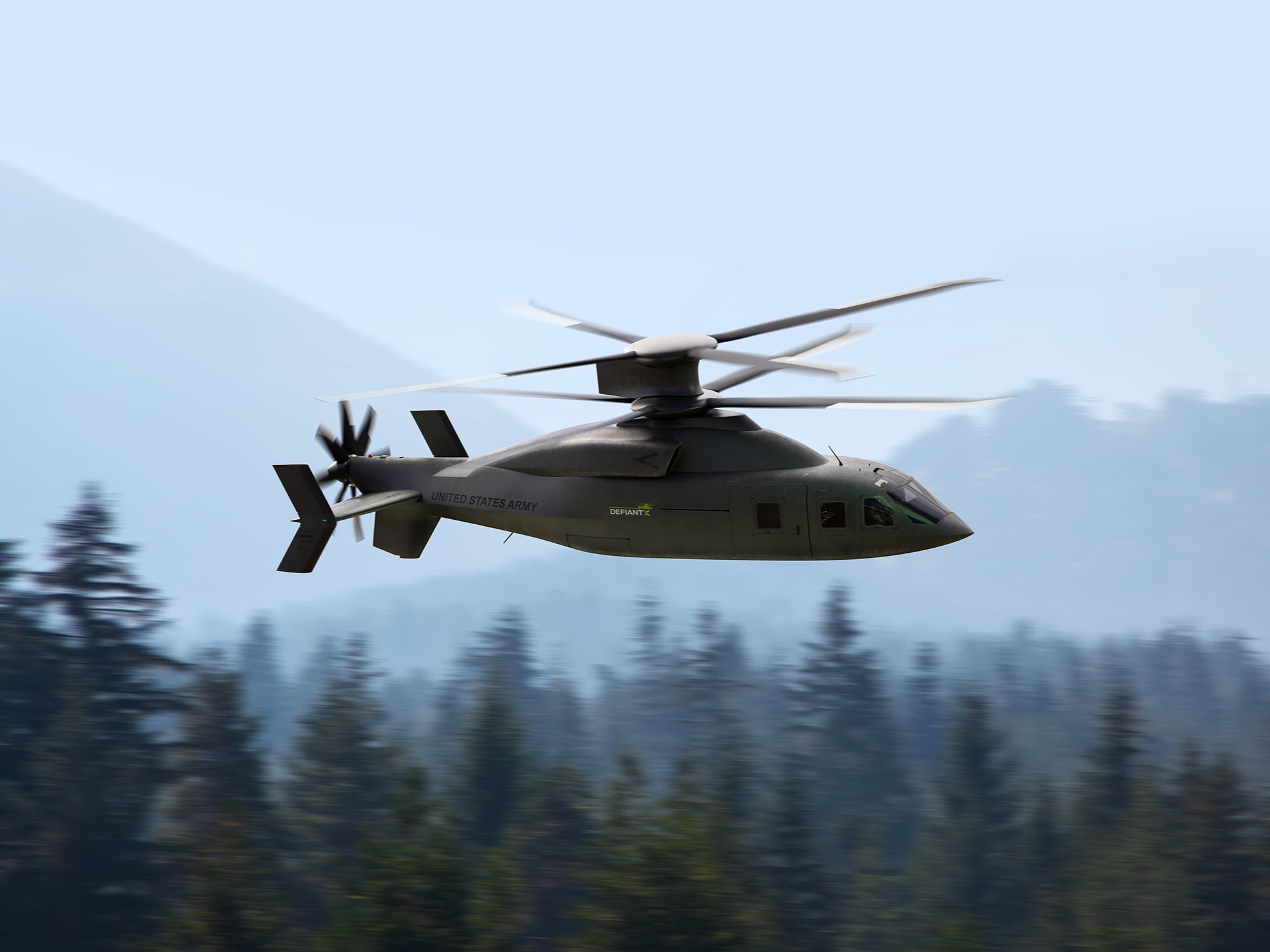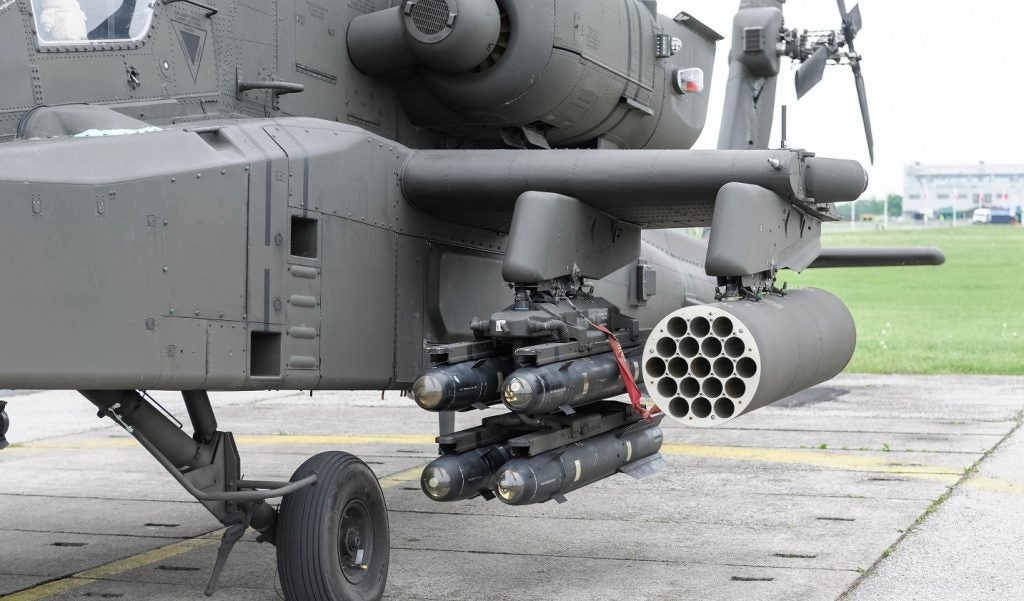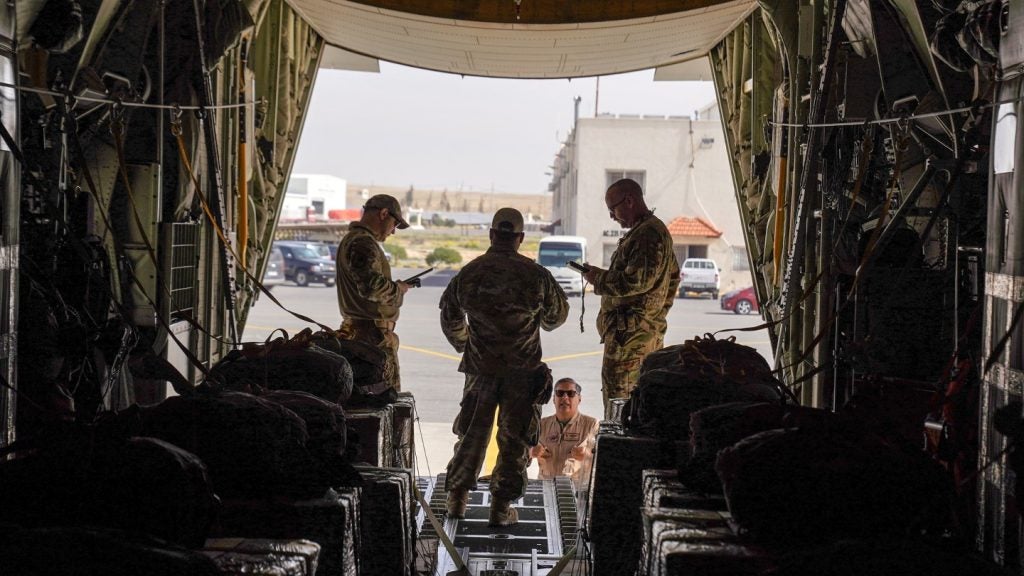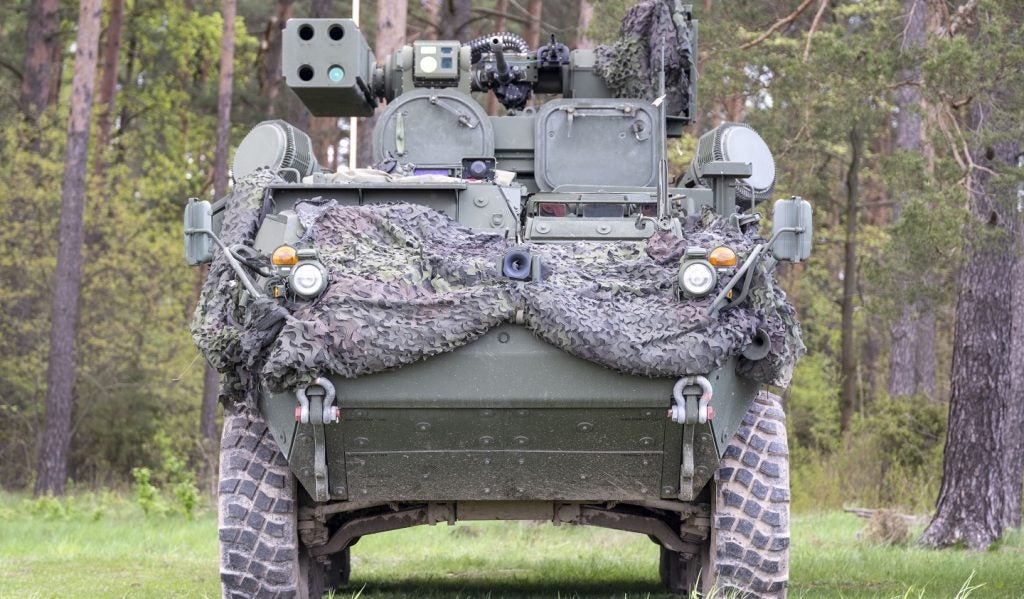
The US Army is looking to replace its helicopter force with a new generation of rotorcraft providing pilots with greater speed, endurance, lethality, and decision-making dominance than current fleets. The Future Vertical Lift (FVL) program will see the Army acquire two new rotorcraft platforms to propel the project forward. The Future Long Range Assault Aircraft (FLRAA) and the Future Attack Reconnaissance Aircraft (FARA) comprise the program and are to be fielded by 2030. Faster speeds and longer ranges are two key focuses of the FVL program, providing the US Army with the ability to penetrate deeper into the operational environment.
Congress set out an initial five capability requirements in 2009. FARA, FLRAA, and the modular open system approach (MOSA) are the current ongoing program within the FVL program. It is also examining the use of future unmanned systems, namely tactical UASs, that can offer a range of both lethal and non-lethal capabilities at a lower price. Two teams are pitching for FLRAA contracts. Bell has offered the V-280 Valor, a tiltrotor aircraft, and Boeing-Sikorsky has offered the Defiant X, a platform with coaxial rotors. FLRAA is scheduled for acquisition by 2030, with the winning team expected to be announced imminently. For FARA, Bell is building the 360 Invictus, whilst Sikorsky is currently constructing the Raider X. The contract has not yet been awarded, although both have been developing prototypes to pitch to the Army.
High speed capabilities are of critical importance to FVL. This is true of physical speed and the speed of information transmission and operational support onboard. Physical speed is important on the battlefield, and agile decision making is critical in peer-to-peer conflicts. The FVL program is aiming to acquire cockpit systems that will allow the US to maintain what the Army has been describing as ‘decision dominance’. This requirement is reinforced by the Army’s desire to outfit the rotorcraft with various sensors and controls which reduce the cognitive burden on pilots. MOSA reflects a broader shift to modularity, enabling fast uptake of emerging technologies, providing users access to the most up to date capabilities. The interjection of technology in an agile manner is of growing importance when considering that the US is once again more likely to be engaged with peer adversaries, thus heightening the need to be able to adopt new technologies at pace.
In the Indo-pacific theatre, aircraft must have long ranges, that are able to transverse the vast distances of areas such as the South China Sea. This will provide an expeditionary capability not currently possessed by the Army’s rotorcraft fleet. This is of importance for non-hostile missions in the region as well, for example providing undertaking humanitarian missions as the US seeks to extend its influence and strengthen regional ties. The extensive island chains present in the South China Sea have the potential to raise logistical challenges, but investment in vertical lift rather than conventional logistics aircraft will simplify logistics chains, allowing for faster movement of goods and personnel.
The FVL program has the potential to disrupt the global helicopter market. The highly advanced FLRAA and FARA systems will enter the market technologically steps ahead of those being operated by the US’ counterparts. This will likely result in European militaries seeking to acquire FVL platforms, thus providing an even greater stream of revenue for the winning teams. Moreover, the competition of FVL will place an impetus on the continuation of the NATO Next Generation Rotorcraft Capability (NGRC) project being developed by France, the UK, Italy, Germany, Greece and the Netherlands.
See Also:
The FVL program has raised concerns over the impact that the initiative may have on the US defense industrial base. The value of the contracts on offer, coupled with future MRO and servicing requirements and potential orders from US allies, makes being awarded any FVL contract a sizeable prize. There are concerns over what will happen if the Boeing-Sikorsky team does not win because of the extensive manufacturing base that has formed around Boeing’s construction of the UH-60s and the impact the rotorcrafts withdrawal from service will have if not replaced by an equally sized contract.
How well do you really know your competitors?
Access the most comprehensive Company Profiles on the market, powered by GlobalData. Save hours of research. Gain competitive edge.

Thank you!
Your download email will arrive shortly
Not ready to buy yet? Download a free sample
We are confident about the unique quality of our Company Profiles. However, we want you to make the most beneficial decision for your business, so we offer a free sample that you can download by submitting the below form
By GlobalDataThe invasion of Ukraine has shaken the global security environment, offering a window into how high intensity, peer-to-peer warfare in the 2020s is played out. Combined with a pivot to the Indo-pacific region and a reduced focus on counterinsurgency operations, this will shape the FVL program. The Ukrainian war has validated the need for investment in high performance and technologically advanced platforms as the US adjusts to peer-level threats that possess similar technologies and have the ability to engage across all domains and at high capability levels.









Related Company Profiles
Fara ASA
MOSA INC
NATO
Sikorsky
U S INC